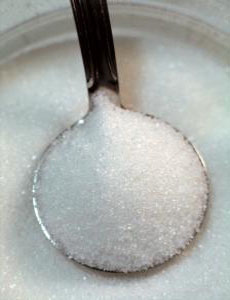This information is a compilation of my personal notes along with any other various handouts I have received in regards to Oats. Hopefully someone somewhere will learn something new!
Oats
Oats have excellent nutritional qualities and are rich in high-quality protein, with some B vitamins, calcium, fiber and unsalturated fats. A new 10 year study published in the American Journal of Public health indicated that eating oatmeal (a wholegrain cereal) on a regular basis can help to reduce the risk of Type 2 (adult onset) diabetes. The study showed that eating 1 serving of oatmeal (equivalent to 1 c. cooked) 2-4 times weekly resulted in a 16% reduction in risk of suffering from Type 2 diabetes. By increasing consumption of oatmeal to 5-6 times weekly, there was a corresponding 39% reduction in the risk of onset of Type 2 diabetes.
Oat Classification:
Oat Groats are minimally processed oats with the outermost, inedible chaff or hull removed. They look a lot like wheat to me.

